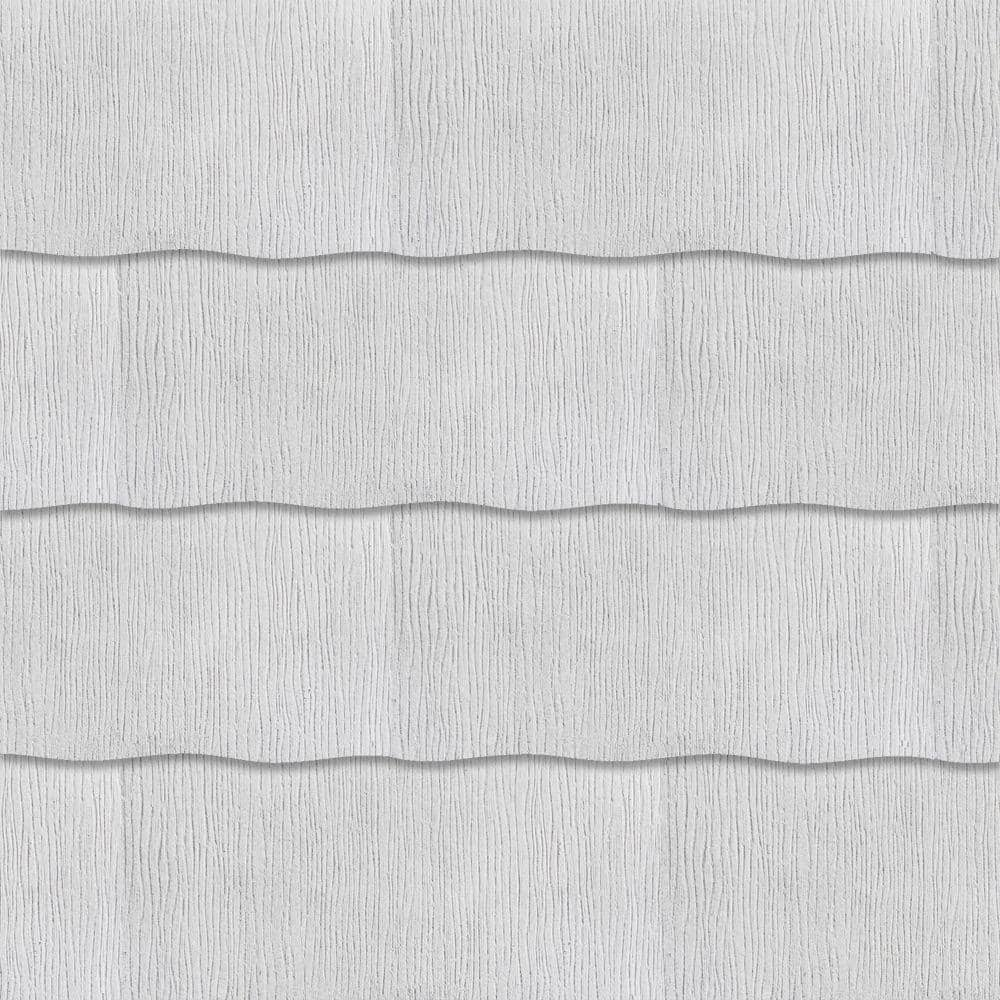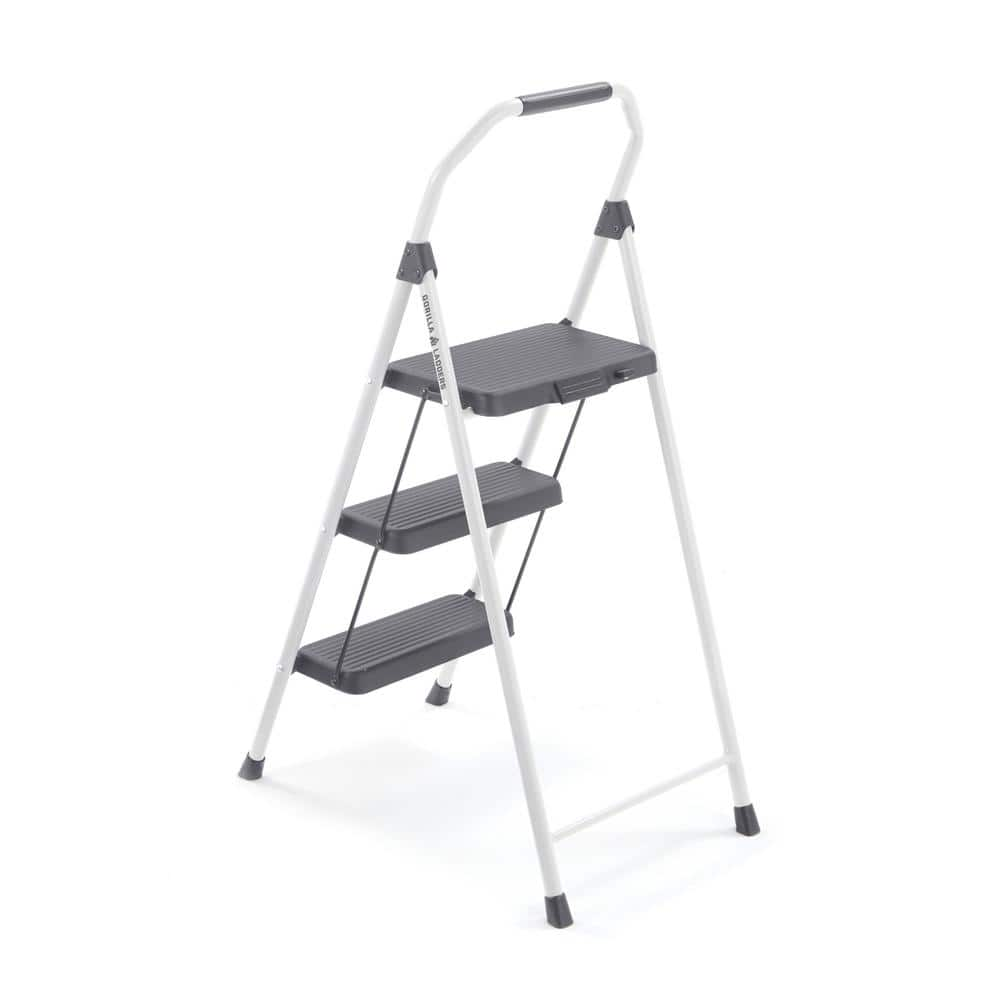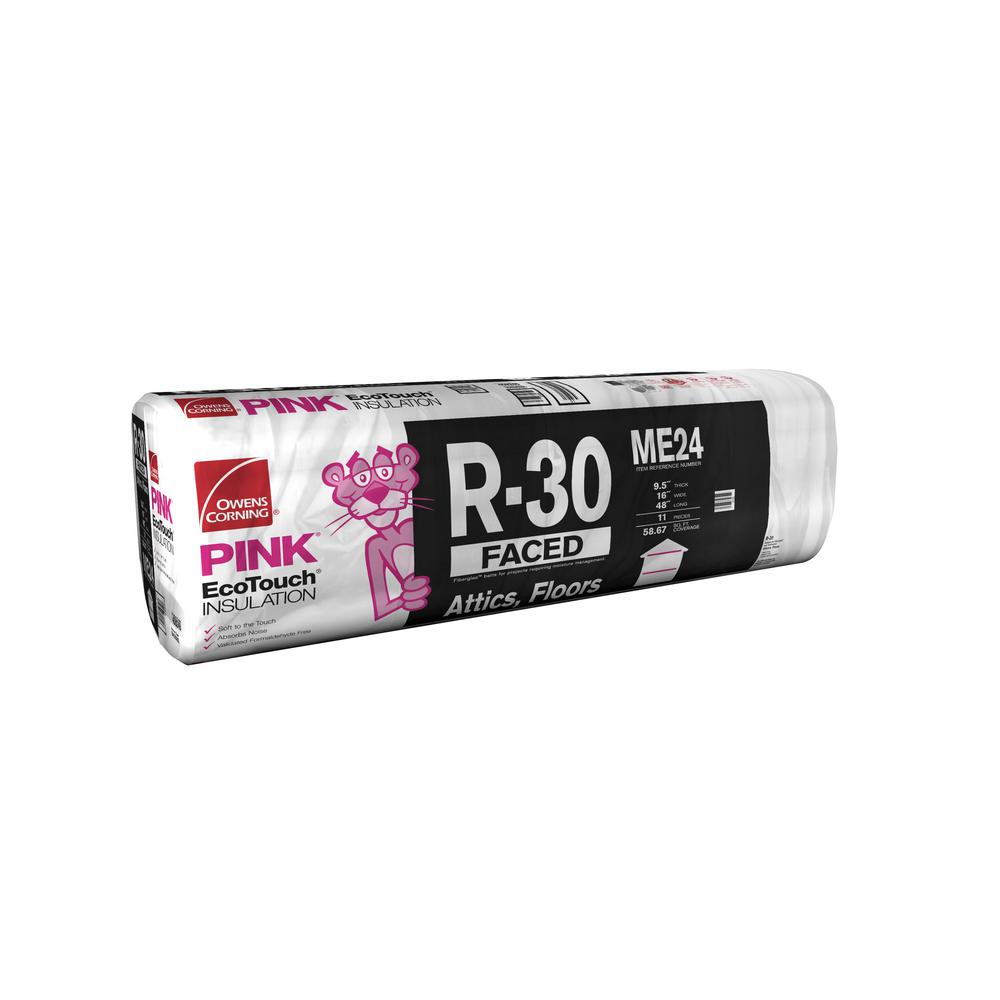GAF WeatherSide Purity Wavy 12 in. x 24 in. Fiber-Cement Siding Shingle (18-Bundle)
Fire and freeze-thaw resistant replacement for asbestos siding. Pre-primed; ready to be painted to match existing wall color. Wavy edged, textured shingle protected by 25-yr ltd. warranty.
WeatherSide fiber cement siding is the 1 and only solution for replacing or repairing old asbestos siding shingles. It’s available in a variety of sizes and shapes to match many of the old siding shingles installed over the last 60-years. Unlike some of the original siding shingles that it replaces, WeatherSide pre-primed siding shingles contain no asbestos. It’s easy to install, after properly removing the old siding, simply nail the WeatherSide siding in place and paint. WeatherSide is even resistant to warping, denting, rotting, expansion/contraction and termite infiltration.
- Ready to paint
- Wavy edge
- Textured surface
- Pre-primed
- Exposure: 11 in.
- Thickness: 11/64 in.
- Pieces/bundle: 18
- Square ft. coverage: 33 sq. ft.
- GAF recommends that any removal and disposal of asbestos-containing products be done by a professionally trained asbestos removal contractor
Additional information
| Coverage Area (sq. ft.) | 33.3 ft² |
|---|---|
| Product Length x Thickness x Width (in.) | 24 x 0.17 x 12 |
| Manufacturer Warranty | 25 Year Limited Warranty |






by Steve
Product was as advertised. Installation can be a challenge.
by Stack
I was thinking that being able to match the siding on my old home would be challenging. Not only was I wrong, but these were a perfect match and the nail holes are even pre-drilled so I don’t have to worry about cracking. Great product!
by Mark
Great match to my old siding and a bit more durable.
by Akopel
These matched my old asbestos shingles beautifully without the hazard. I was so glad to be able to find these for my 1940’s house! The difference was where the mail holes are pre-drilled, but that was an easy fix. Just keep in mind to be patient and go slowly. These are delicate, but handled correctly, not a problem.
by Lynn
Worked great, my contractor had to learn how to put it on but once he got the hang of it it looks just like the original!